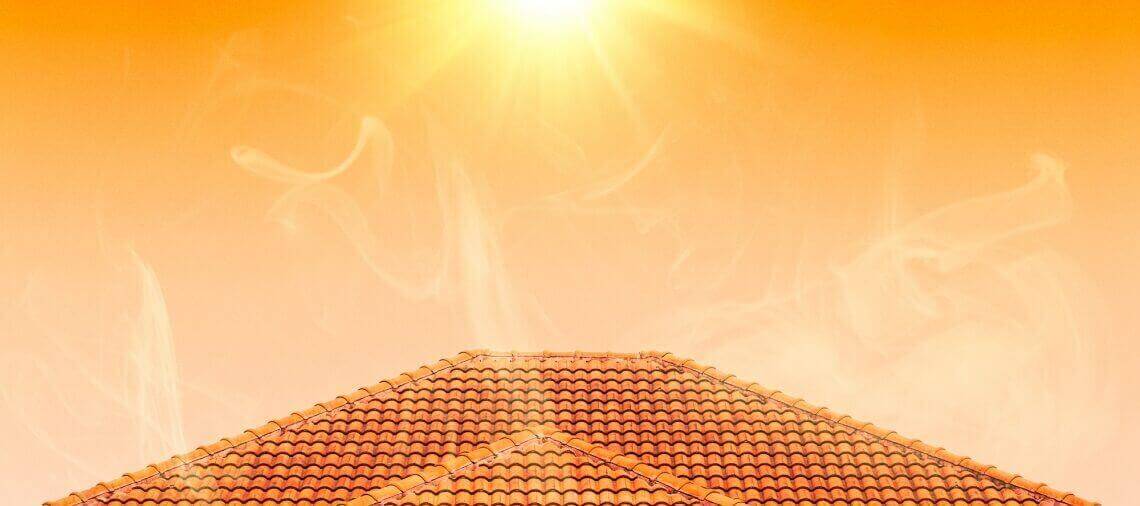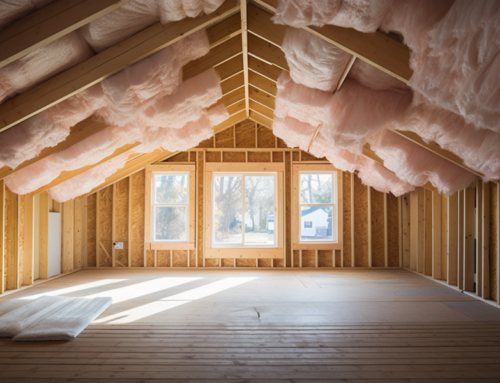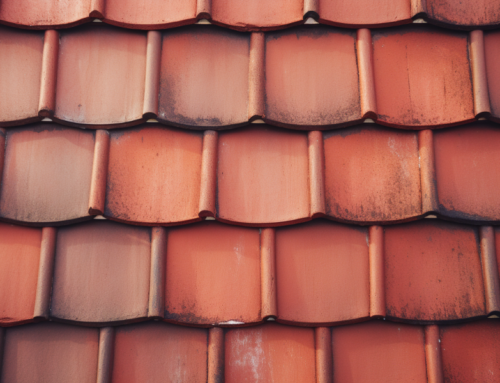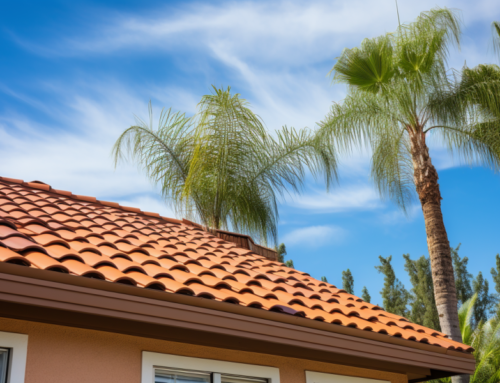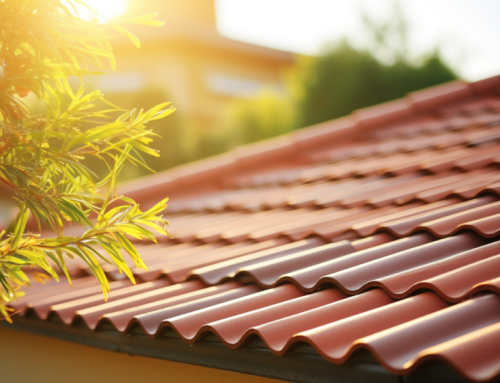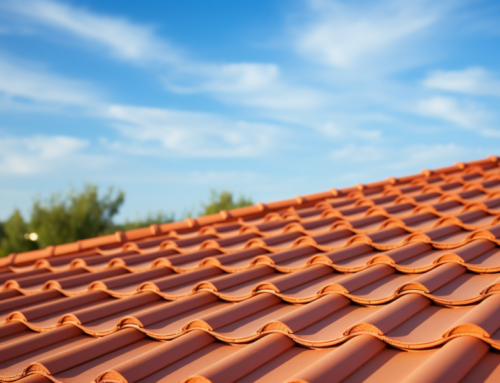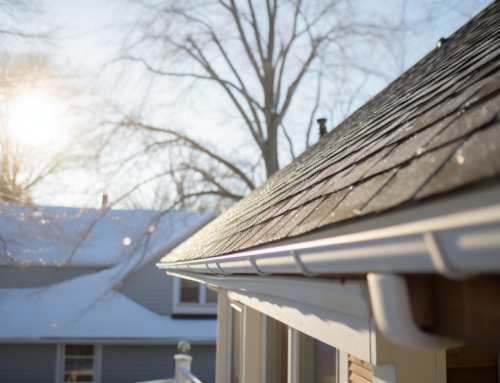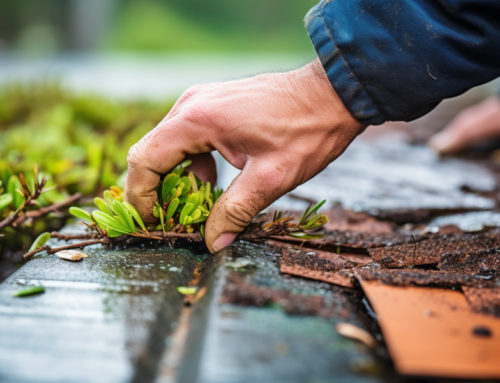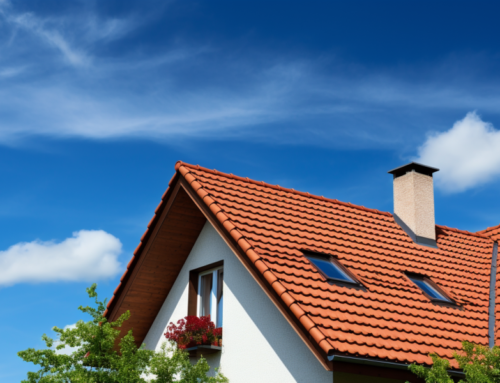Although San Diego isn’t filled with extreme cold weather, we do get extreme heat in a lot of areas throughout San Diego County. Extreme or not, the heat is putting wear and tear on your roof every single day. The heat causes roofing materials to expand, and as they cool, they begin to contract. This process can cause slow, long term damage that increases as the years go by. The UV rays from the sun can also damage roofs over time, breaking down the microscopic bonds that hold tiles and shingles together.
Asphalt shingles start decaying due to regular exposure to the unyielding heat and sun. Sun damage is cumulative, so newer shingles will usually hold up just fine. The older roofs will more easily show decay. Decaying shingles will look deformed or rotted. They may be missing pieces or start to look like they’re crippling. If you begin to see these signs, it’s essential to get your roof repaired as soon as possible so further damage can be averted.
If you notice some of the shingles on your old roof are starting to curl or bend upwards, that’s called warping. This condition gets worse with prolonged exposure to harsh summer sunlight. It’s essential to give your local roofing expert a call as soon as you notice any signs of warping with your shingles.
When there’s tension in the shingle while warping, the strain can also cause cracking. As with decaying and warping, damage to the roof decking quickly follows cracking, so repairing it should be a priority.
Unlike the other types of damage, the effects of bleaching are strictly cosmetic. It will reduce the aesthetic value of your home. Over the years, the sides of the roof facing the sun can “bleach out.” If you’ve ever seen driftwood or old decks, you know how sunlight can bleach objects, damaging the particles responsible for color and causing it to fade. This type of wear happens to rooftops too, especially those with darker shingles. There is very little that can be done to reverse this process once it has begun. The best solution here is prevention – find a shingle color that won’t easily bleach out after a few years. A variety of gray, white, and even tan shingle colors can prevent potential problems with color loss. As a bonus, they’ll help keep your house cooler in the summer, which saves energy.
The good news is that sun damage to asphalt shingles is cumulative, meaning it builds up over time. However, since damage from the sun is inevitable, the most important thing to prolong the life of your roof is conducting regular inspections. An annual roof inspection will go a long way toward preventing these issues and allow you to fix them before they turn into costly repairs.
Any of these happening to your roof? Don’t wait until it rains to see if the damage is serious! Give us a call for a free estimate!
Read more about Dangers of DIY Roofing

